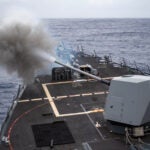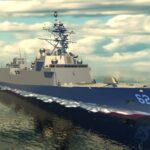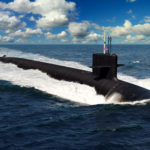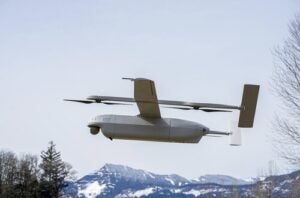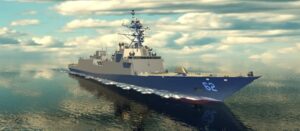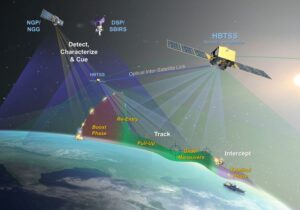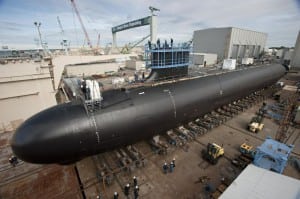
The ranking member of the House Armed Services’ Seapower subcommittee said he is optimistic the House Appropriations Committee will match authorizers in adding a second Virginia-class attack submarine (SSN) to the Navy’s fiscal year 2025 budget. “There's definitely been very strong communication at the staff level and member level, in terms of the House Appropriations committee process. And I would just say that I'm feeling very bullish in terms of my conversations with our partners in the HAC-D realm in…

 By
By 